Verdict
We’re optimistic that the new Qashqai could get a higher star rating when we try it in a more modest spec. But we’re less convinced that it will be any more than a midfield contender overall. It offers too few choices of powertrain and for those who want an automatic, the CVT gearbox feels a poor solution. The comfortable ride and plenty of driver assistance kit may not be enough for it to stem the tide against rivals from Germany and Korea.
The Nissan Qashqai is the model that redefined the idea of an SUV as a mainstream family car. It came as the replacement for the unloved Almera hatchback, and buyers were quickly sold on the idea of a more elevated seating position and funky crossover styling. The fact it was built in the UK, at Nissan’s Sunderland plant, further boosted its appeal with British customers.
Now it’s time for the third generation of Qashqai, but many rivals have long since caught up and the competition is more fierce than ever. Auto Express has had an early taste. So has the Nissan done enough to keep the Qashqai competitive?
- SEE MORE Best mid-size SUVs on sale 2021
From the outside, there’s the right sort of evolution, in that while you’ll never mistake the Mk3 version for its predecessor, it is still recognisable as a Qashqai.
But for now at least, the new arrival seems to be offering only the basics when it comes to powertrains. Admittedly, there is a trick range-extender hybrid version of the Qashqai in the pipeline, called e-Power, but it isn’t scheduled to arrive in dealerships until the first half of 2022. In the meantime, there’s neither a plug-in variant nor a pure-electric edition; if you’re desperate for an electrically powered SUV, Nissan will point you towards the more bespoke Ariya.
The initial line-up, then, is relatively simple. While the competition in this class – everything from the BMW X1 to the Hyundai Tucson and VW Tiguan – is offered with a wide spectrum of diesels, PHEVs and petrol engines with up to 300bhp, the Qashqai gets by with a single 1.3-litre, four-cylinder turbocharged petrol motor, producing either 138bhp or 156bhp. That’s your lot.
Before choosing which power output to go for, it’s probably worth remembering that this Qashqai has grown a little – to 4.43 metres in length, in fact. So for many, the 156bhp engine that we’re trying here may well seem the most suitable option.
Indeed, with a weight of more than 1.6 tonnes, the new Qashqai 1.3 DIG-T is no lightweight in the form we’re trying here, with four-wheel drive and a CVT automatic transmission; you have to wonder whether those accustomed to torquey diesels might find it a little short of puff. Front-wheel drive and a manual transmission will be available on both engines, and this is likely to be a more popular combination for UK buyers.
The 1.3-litre four-cylinder turbo – as seen in various Renault and Mercedes models – produces maximum torque of 270Nm between 1,800rpm and 3,750rpm. That’s a decent figure and a wide enough band, but there’s not much to be gained from any attempts to really exploit it. That’s because the CVT gearbox is calibrated with efficiency in mind, so if you do demand rapid acceleration, you don’t get much but a crescendo of revs. The official figures are a top speed of 123mph and a 0-62mph sprint in just under 10 seconds; our car probably felt a little slower than that.
There is mild-hybrid technology to help boost efficiency. It’s a relatively less advanced system, based on 12v electrics instead of the more potent 48v tech that’s becoming more widely available by the day. But you’ll notice it cutting out the engine below speeds of 12mph, and boosting torque slightly when required. The end result, in the case of our fully laden range-topper, is official fuel consumption of 45.5mpg and CO2 emissions of 140g/km – respectable numbers for a pure-petrol car.
The Qashqai has always had a chassis that’s felt well tuned to the UK. Here we’re driving a European-spec car on Continental roads, but our conclusion so far would be that the set-up matches the engine in its relative lack of excitement. The steering is precise and smooth, with decent feedback, and the comfort around town is only really blighted by the 19-inch wheels of this top version. On faster, more twisty roads the package could be tighter and more direct. But with a crossover body and the aforementioned maximum power of 156bhp, this was never going to be a model aimed at really keen drivers anyway.
Inside, the Qashqai has always been a bit more restrained than its little brother, the funky Juke, and for all the sweeping changes in the larger car’s cabin, that’s still the overall approach. The interior does feel on a par with many of the Qashqai’s rivals, at least. There’s a good amount of space in the front and rear, and a solid mix of modern controls and digital instruments.
You can have a 10.8-inch head-up display to accompany a nine-inch central infotainment screen that can operate many of the car’s functions, and while the 12.3-inch fully digital instrument panel has plenty of display themes that are just too playful, you can switch it to a simpler layout with a rev-counter and speedometer.
The wheelbase of the Qashqai has grown by 20mm, and there are also marginal increases in height and width. Sensible packaging means there’s generous room for four grown-ups, and easier access for child-seat fitment, thanks to rear doors that open to 85deg. Factor in generous boot space (436 litres with the rear seats in place, and 1,422 with them folded down) and some nice touches, like a pair of USB ports for rear passengers, and you end up with a car that’s very capable of bringing your friends or family to a destination in comfort and enhanced space.
Our EU-spec car was the equivalent of range-topping Tekna+ trim, which will cost you an eye-watering £37,835. As is often the case, expect better value to be found further down the range, since no Qashqai really seems to want for standard kit. And the monthly finance numbers will ultimately prove more telling.
| Model: | Nissan Qashqai 1.3 DIG-T 158 Xtronic Auto |
| Price: | £37,835 (Tekna+ equivalent) |
| Engine: | 1.3-litre 4cyl turbo petrol |
| Power/torque: | 158bhp/270Nm |
| Transmission: | CVT auto, four-wheel drive |
| 0-62mph: | 9.9 seconds |
| Top speed: | 123mph |
| Economy: | 44.5mpg |
| CO2: | 140g/km |
| On sale: | Now |
from Sitewide RSS feed https://bit.ly/2RnDLJd
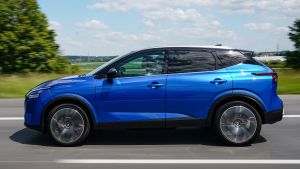

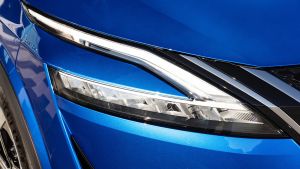
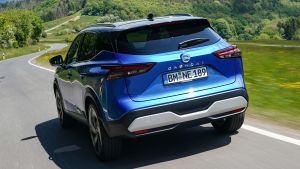
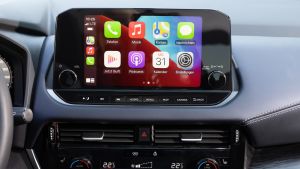
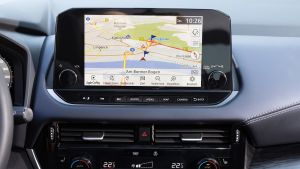
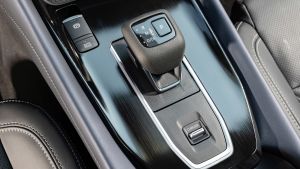
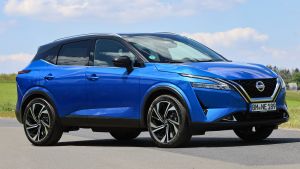
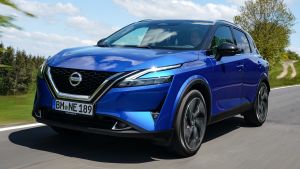
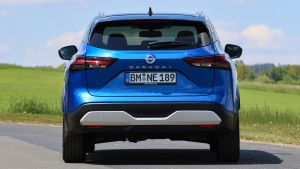
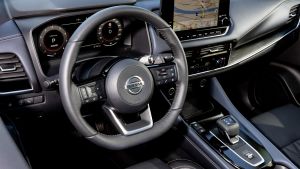
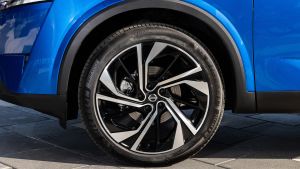
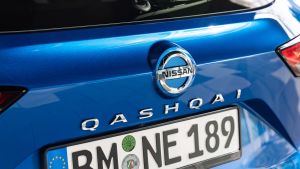
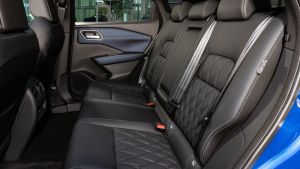
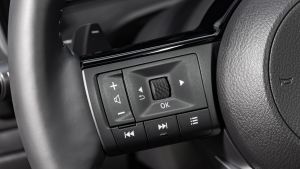
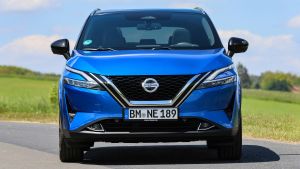
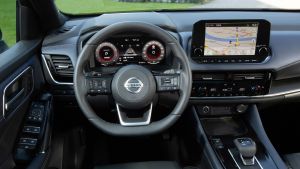
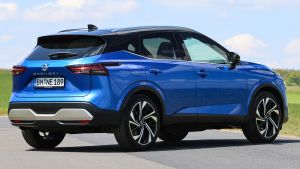
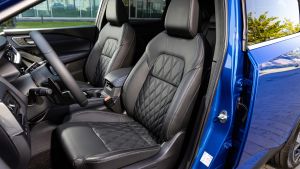

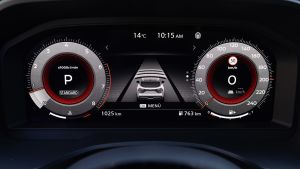
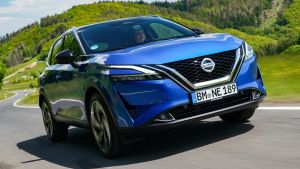


Comments
Post a Comment